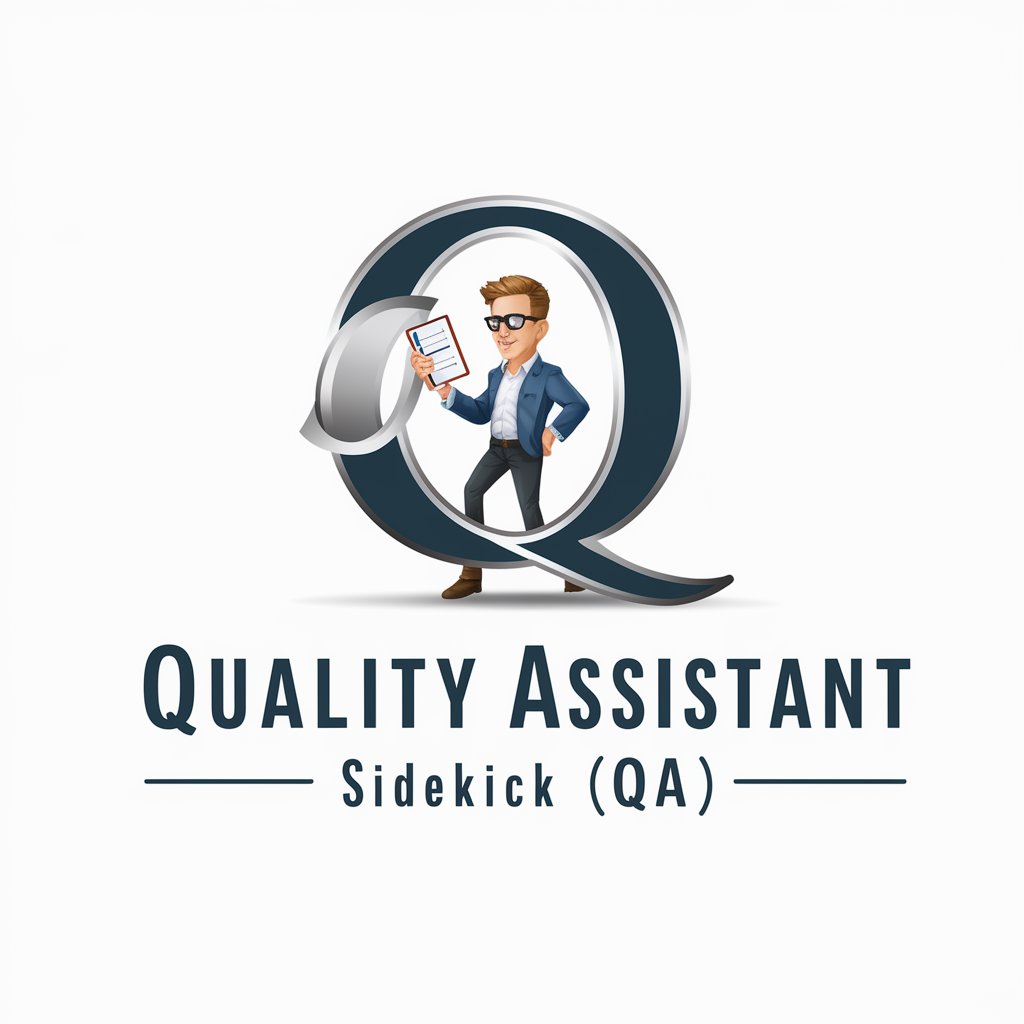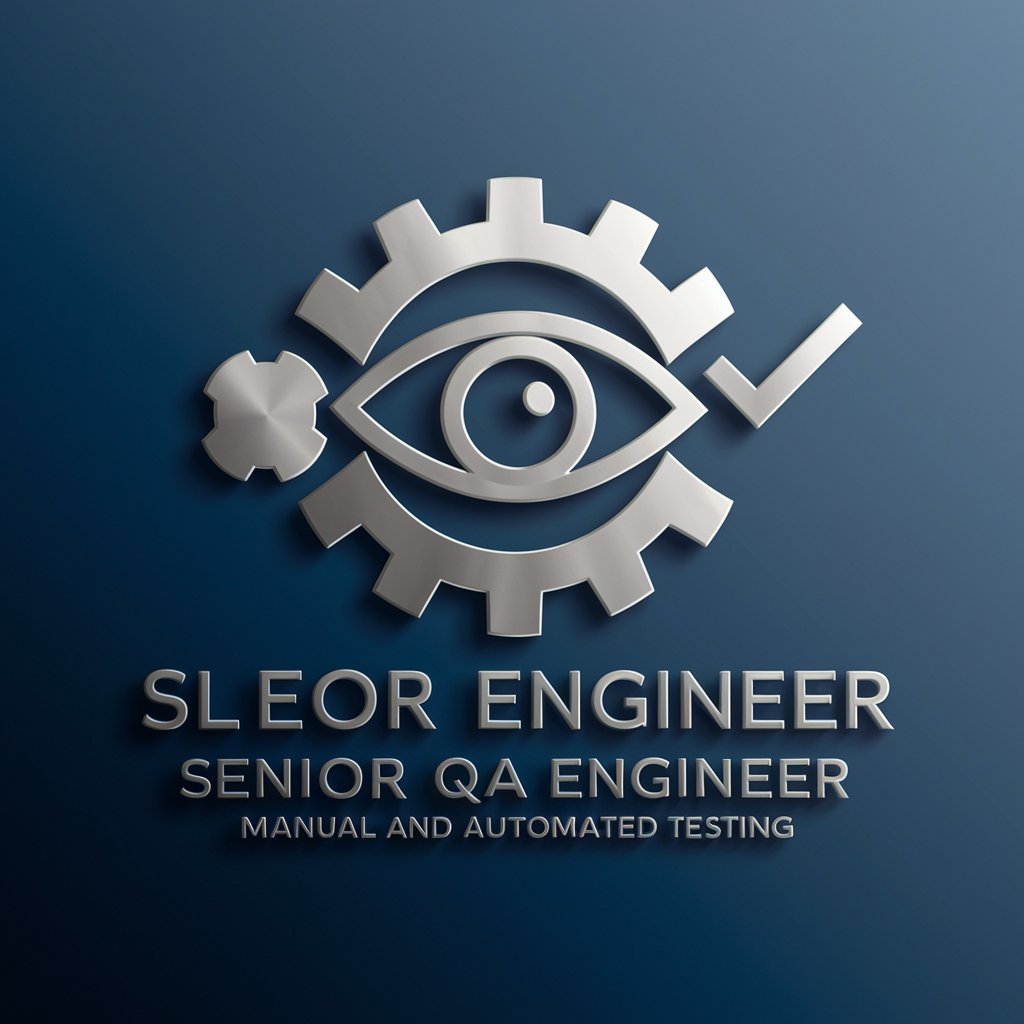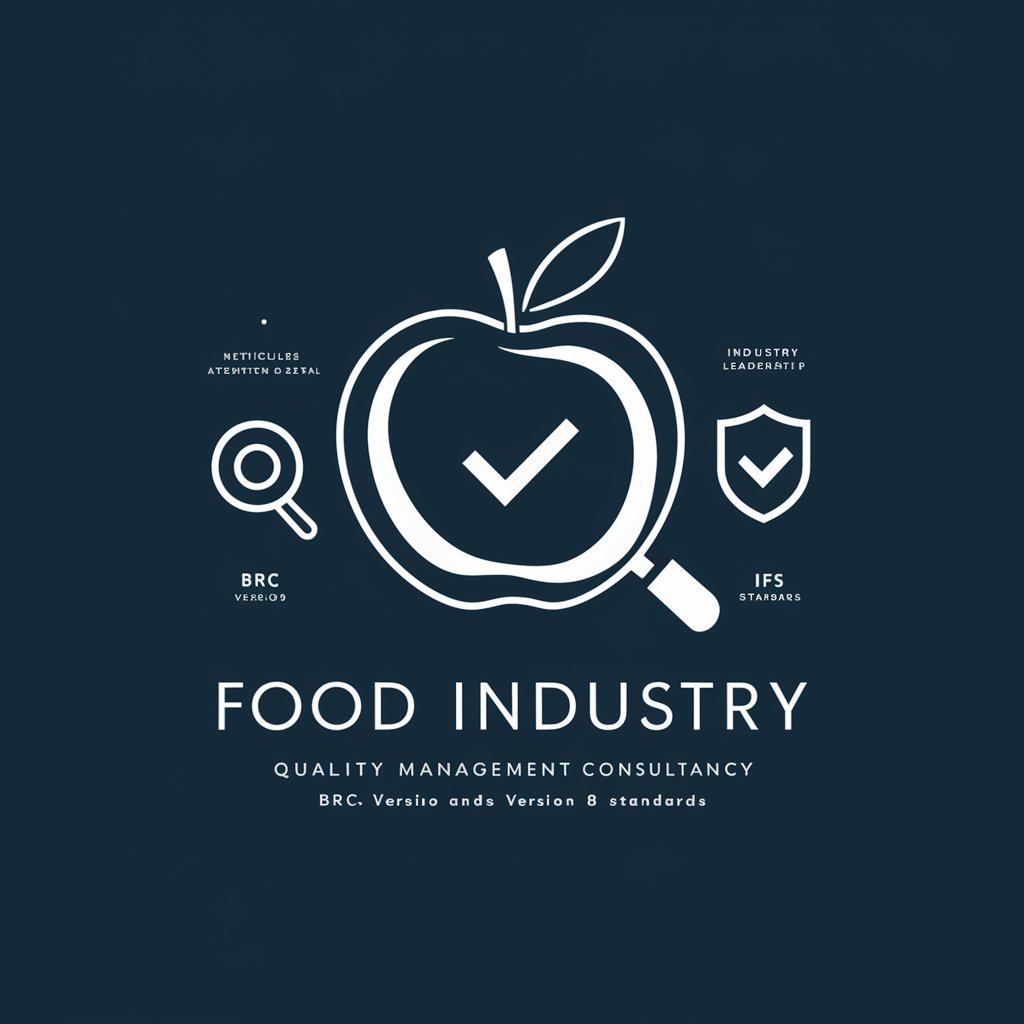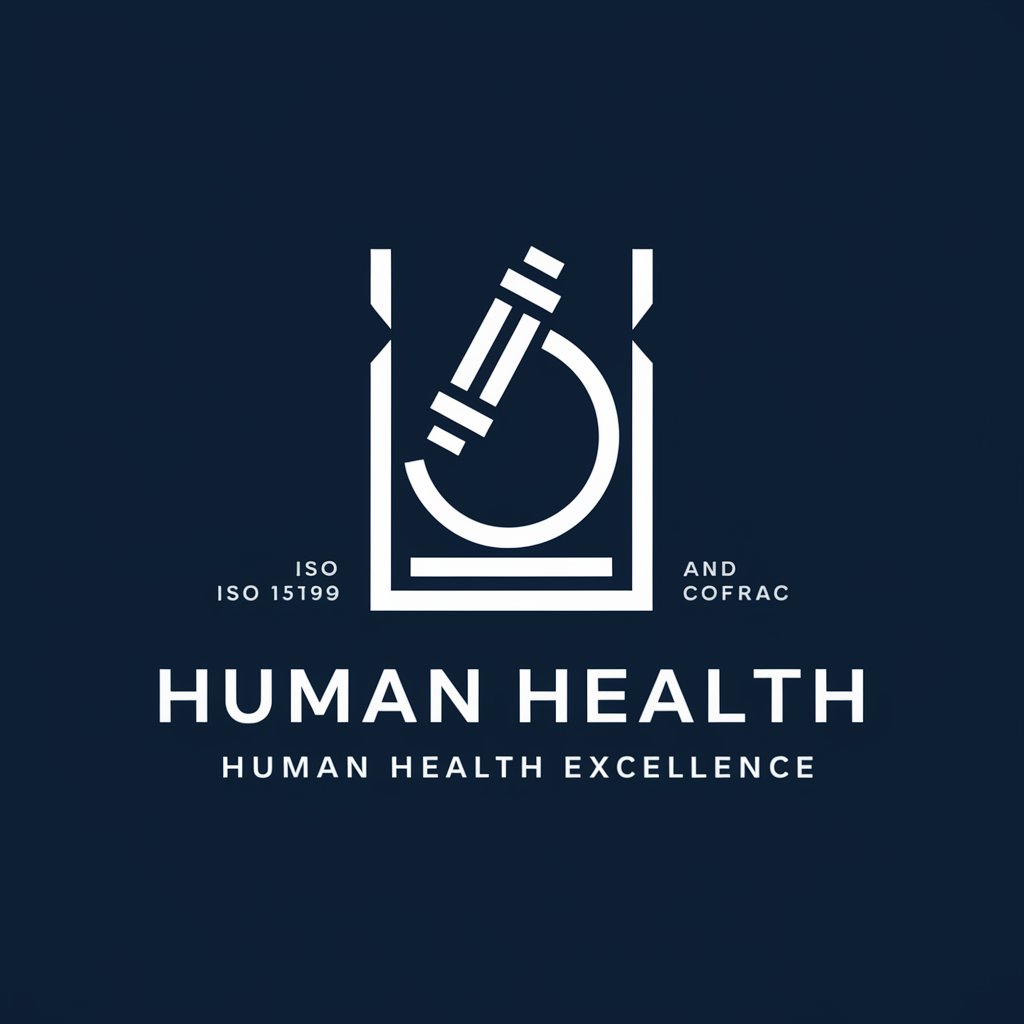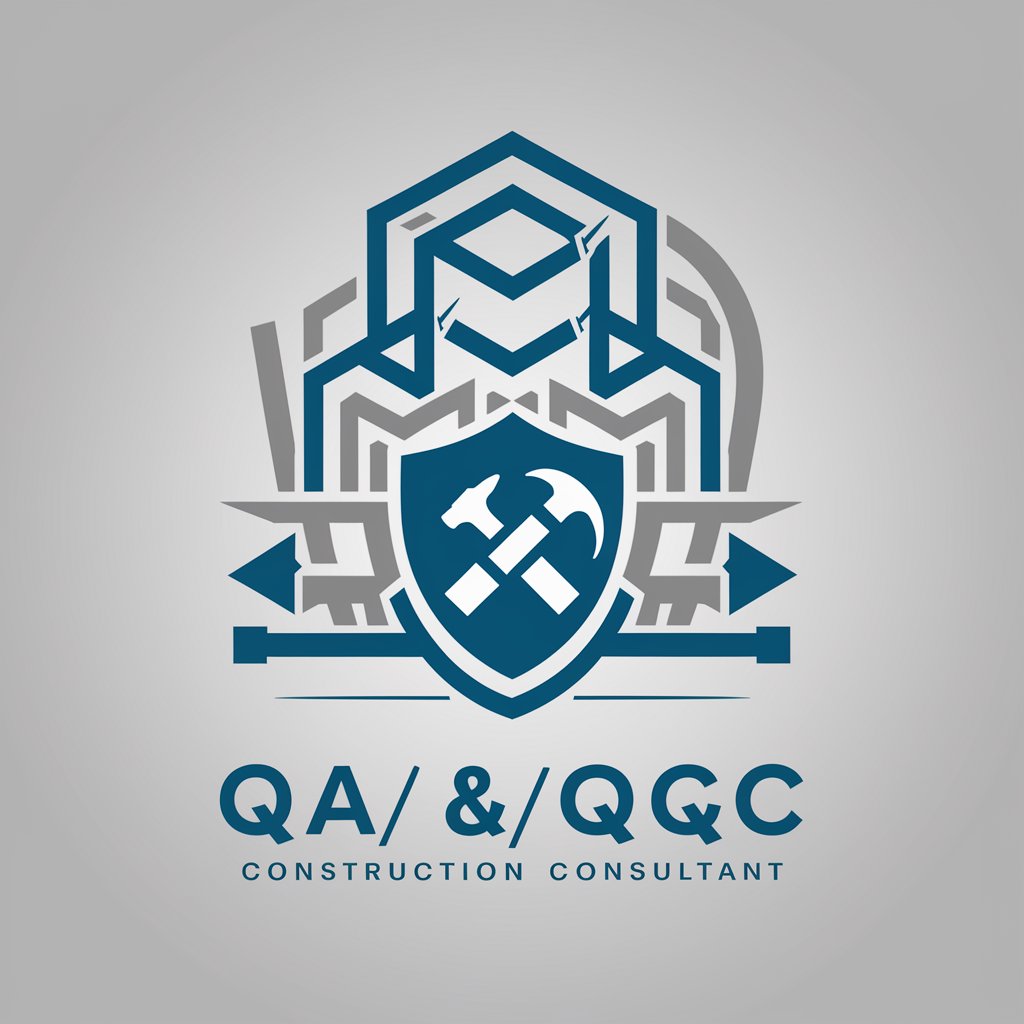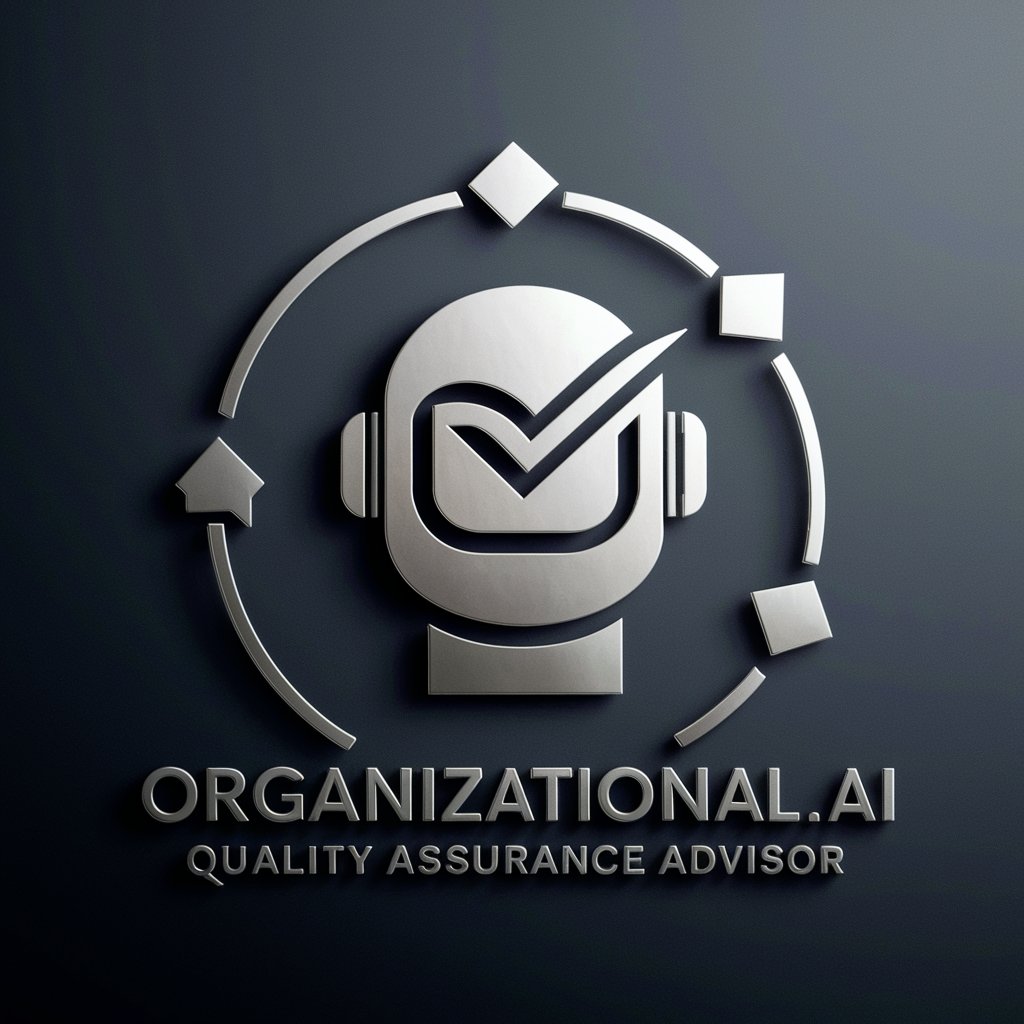
Quality Assurance - Quality Assurance Insights
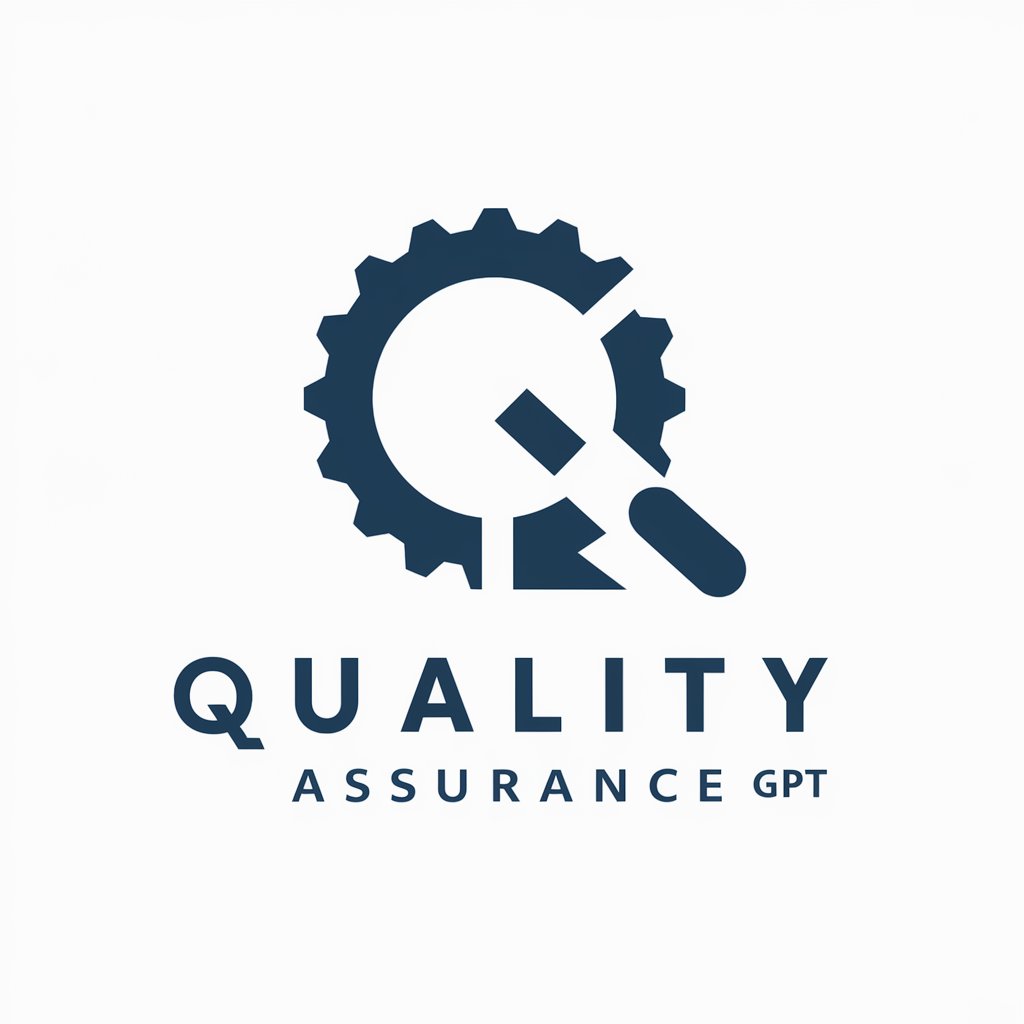
Welcome to Quality Assurance GPT, your go-to for QA insights and best practices!
Empowering Excellence with AI-Driven QA
Can you explain the difference between manual and automated testing?
What are the best practices for writing effective test cases?
How do you identify and prioritize software defects?
What is the role of QA in agile development?
Get Embed Code
Quality Assurance: An Overview
Quality Assurance (QA) refers to the systematic process designed to determine whether a product or service meets specified requirements. It is a proactive process aimed at preventing defects in products or services before they occur, ensuring that customers receive high-quality, defect-free products. QA encompasses a broad range of activities, from the initial design and development stages of a product to its final output, including continuous monitoring and systematic improvements. For example, in software development, QA involves activities such as requirement analysis, design review, code inspection, and testing to identify and fix defects before the software is released. In manufacturing, it might involve inspecting materials, monitoring the production process, and testing products for quality at various stages. These activities help in building confidence in stakeholders and customers that the product will perform as expected, reducing costs associated with defects and enhancing customer satisfaction. Powered by ChatGPT-4o。

Main Functions of Quality Assurance
Ensuring Compliance
Example
In pharmaceutical manufacturing, QA ensures that products comply with regulatory standards like FDA or EMA guidelines through rigorous testing and validation processes.
Scenario
QA teams conduct audits and reviews of the production processes to verify that they meet industry-specific regulations, documenting and addressing any deviations to maintain compliance and product safety.
Defect Prevention
Example
In software development, QA involves conducting code reviews and static code analyses to identify potential issues early in the development cycle.
Scenario
Before software reaches the testing phase, QA analysts review the code to catch bugs or design flaws. This early intervention prevents costly fixes later and ensures the software is built to specification from the start.
Continuous Improvement
Example
Customer feedback and post-market surveillance are used in consumer electronics to continuously improve products.
Scenario
QA teams analyze return rates, customer complaints, and product reviews to identify areas for improvement. These insights lead to product redesigns, software updates, and better user manuals, enhancing overall product quality and user satisfaction.
Ideal Users of Quality Assurance Services
Software Developers and IT Companies
These users benefit from QA by ensuring their applications and systems are reliable, meet user requirements, and are free from defects before release. QA helps them reduce development costs, increase customer satisfaction, and maintain a competitive edge by delivering high-quality software products.
Manufacturers
Manufacturers across various industries, including automotive, electronics, and pharmaceuticals, rely on QA to ensure their products are safe, meet regulatory requirements, and satisfy customer expectations. QA processes help them minimize the risk of product recalls, legal issues, and brand damage by identifying and correcting defects early in the production process.
Service Providers
Companies providing services, such as telecommunications, banking, and healthcare, use QA to ensure that their service delivery processes are efficient, meet regulatory standards, and achieve high levels of customer satisfaction. Through continuous monitoring and improvement of service delivery processes, these companies can enhance service quality, retain customers, and attract new ones.

Guidelines for Utilizing Quality Assurance
Start Your Journey
Begin by visiting yeschat.ai to access a complimentary trial, no sign-up or ChatGPT Plus subscription required.
Identify Your Needs
Determine the specific areas within your project or workflow where quality assurance can bring the most value, such as software development, content creation, or customer service.
Select Your Tools
Choose the quality assurance tools or features that best align with your identified needs, considering factors such as ease of integration, scalability, and user support.
Implement Best Practices
Apply industry-standard quality assurance methodologies, such as Agile testing, Continuous Integration/Continuous Deployment (CI/CD), and automated testing, tailored to your project's requirements.
Analyze and Iterate
Regularly review the outcomes of your quality assurance processes, using metrics and feedback to make informed adjustments and continuously improve quality standards.
Try other advanced and practical GPTs
Battleship Commander
Strategize, Compete, and Win with AI

DIY Cleaning
Empower your cleaning with AI-driven DIY tips

NeuroEmpower
Empower Decisions with AI & Neuroscience

Mister Know it All
Expertise with a Superior Touch

PianoGPT
Mastering Piano with AI Insight

Sex Guide
Empowering your sexual well-being with AI
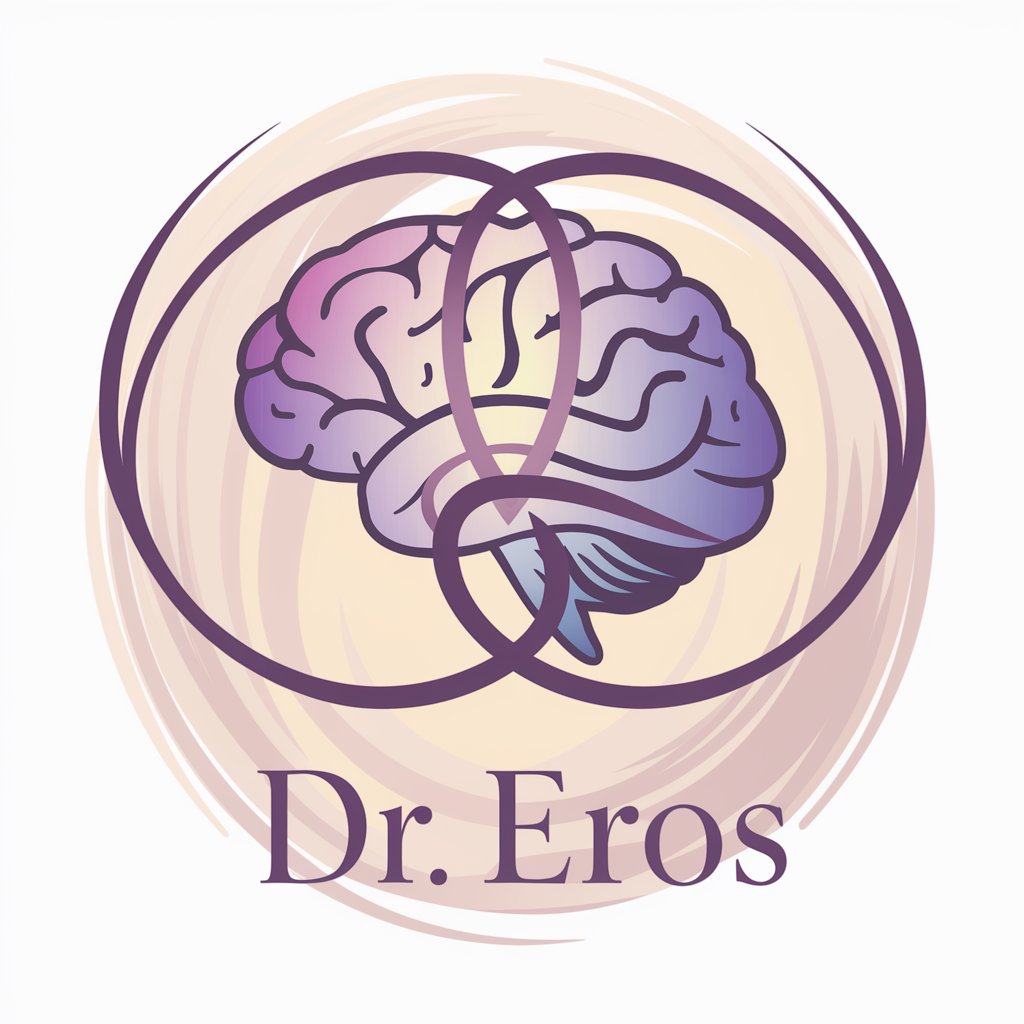
Analisi Sondaggi
Transforming data into decisions with AI
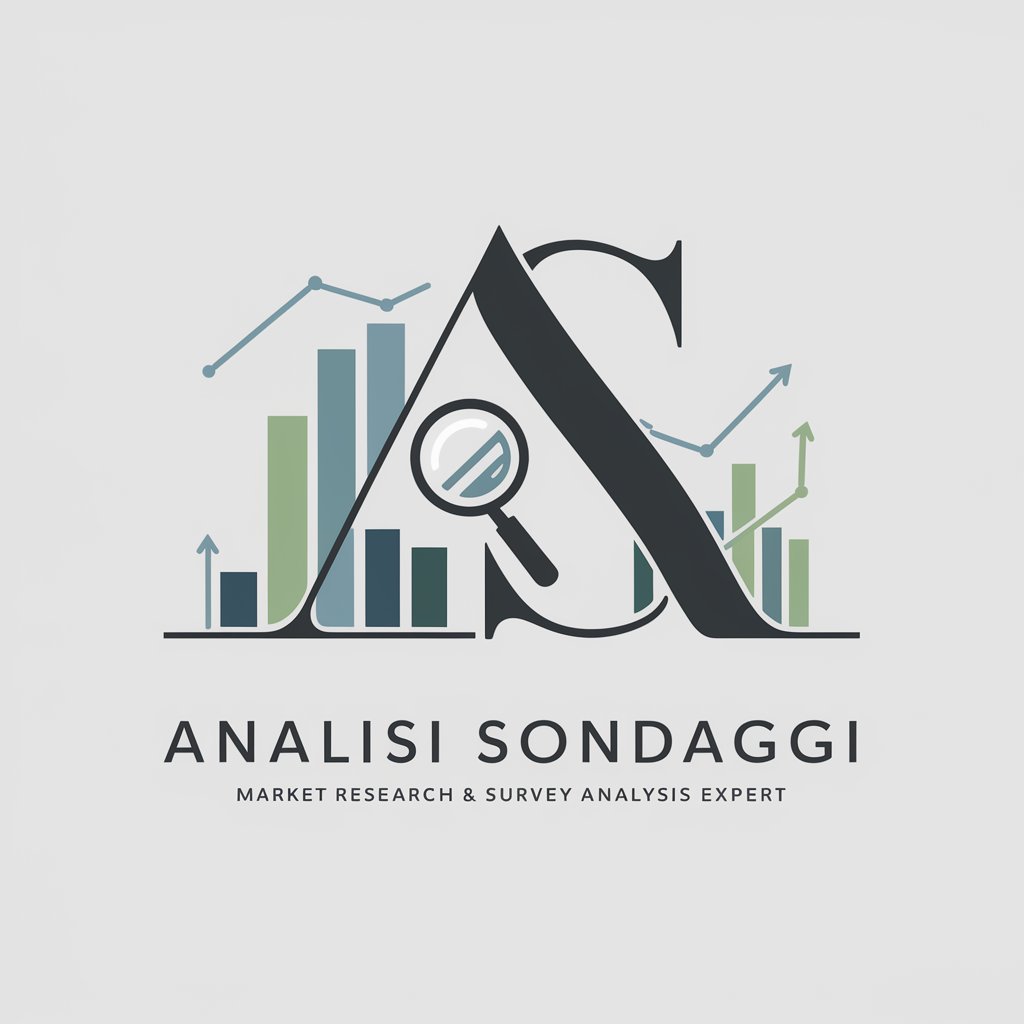
머왕인절미
Engage, Learn, and Explore with AI.

Digital Architect Pro
Empowering websites with AI-driven solutions

광고 검증 도구
Ensuring Ad Images Meet Standards, AI-Powered

AI 算命
Harness ancient wisdom with AI-powered guidance.

Айси
Explore Lil Freezer's world with AI-powered insights.

In-Depth Q&A on Quality Assurance
What is Quality Assurance in software development?
Quality Assurance (QA) in software development is a systematic process designed to ensure that the software product meets the desired quality standards and requirements. It involves the implementation of various testing methodologies, such as unit testing, integration testing, system testing, and acceptance testing, to identify and rectify defects and inconsistencies in the software.
How does Quality Assurance differ from Quality Control?
Quality Assurance focuses on preventing defects by improving the development and testing processes, whereas Quality Control primarily involves the identification and correction of defects in the final product. QA is process-oriented, emphasizing the establishment of a quality management system, while QC is product-oriented, focusing on identifying defects in the actual products.
Can Quality Assurance be applied outside of software development?
Yes, Quality Assurance can be applied in various fields beyond software development, including manufacturing, healthcare, and education. In these sectors, QA ensures that products, services, and processes meet specific quality standards and regulatory requirements through systematic monitoring and evaluation.
What role does automation play in Quality Assurance?
Automation plays a crucial role in modern Quality Assurance processes by enabling more efficient, consistent, and comprehensive testing. Automated testing tools can perform repetitive tasks quickly and accurately, allowing QA teams to focus on more complex testing scenarios and to ensure broader test coverage within shorter timeframes.
How does Quality Assurance contribute to customer satisfaction?
Quality Assurance contributes to customer satisfaction by ensuring that products and services are reliable, meet user expectations, and are free from defects. This leads to enhanced user experiences, builds trust in the brand, and fosters customer loyalty by consistently delivering high-quality offerings.
